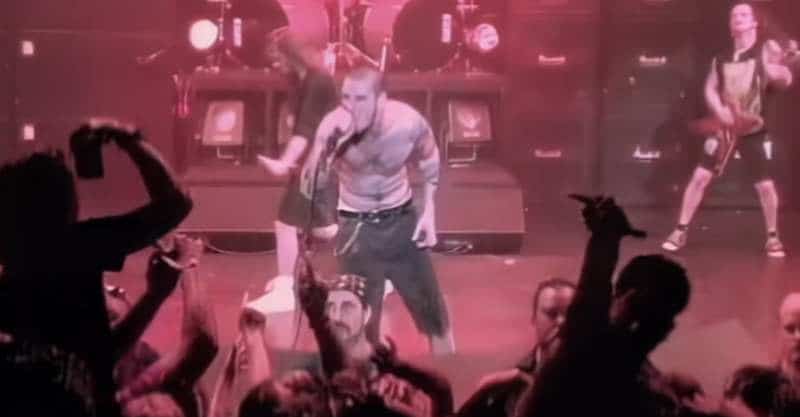
The 1980s were an interesting time in the music industry. In addition to all the great rock bands, many of the world’s live performance venues hosted metal bands as big-name draws for enthusiastic concertgoers.
Read on to revisit the unforgettable metal bands of the 80s.
Metallica

Master of Puppets debuted in 1986, and the world of metal hasn’t been the same ever since. Metallica has stood as the cornerstone of metal for several decades, putting out multiple albums, consistently touring, and winning numerous industry awards. Founding members James Hetfield on guitar and vocals and drummer Lars Ulrich are household names today.
The band is one of the biggest commercial successes of all time. Though mostly due to their prolific work in the metal genre, they have also branched out in alternative creative ventures, such as their partnership with the London Symphony Orchestra for a full-length symphonic album.
Def Leppard

Aside from American bands, the English metal contingent also swept the music scene in the 80s, fronted by the powerhouse that was Def Leppard. Their hit “Bringin’ On the Heartbreak” was one of the first videos that MTV replayed for eager audiences.
Though most of their music is harder-edged, Def Leppard is perhaps best known for “Pour Some Sugar On Me,” a hard rock tune that flirts with pop and blues elements. The band was inducted into the Rock and Roll Hall of Fame in 2019.
Iron Maiden
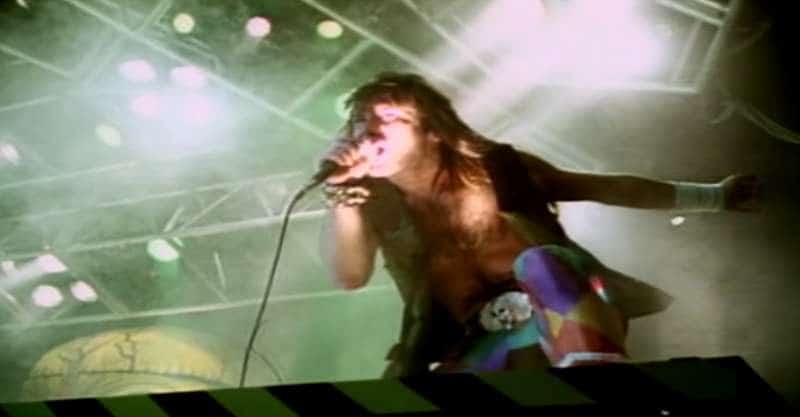
Another British group emerged to the forefront of 1980s metal when Iron Maiden burst onto the scene. One of the most prolific bands to date, they have won nearly every possible accolade there is for a rock band to receive.
Iron Maiden managed to rise above the confines of the metal genre to be somewhat of a high-art phenomenon. Referencing themes from classic literature, mythology, and historical war in their lyrics and presentation, they are known for their epic and dramatic stage shows.
Black Sabbath
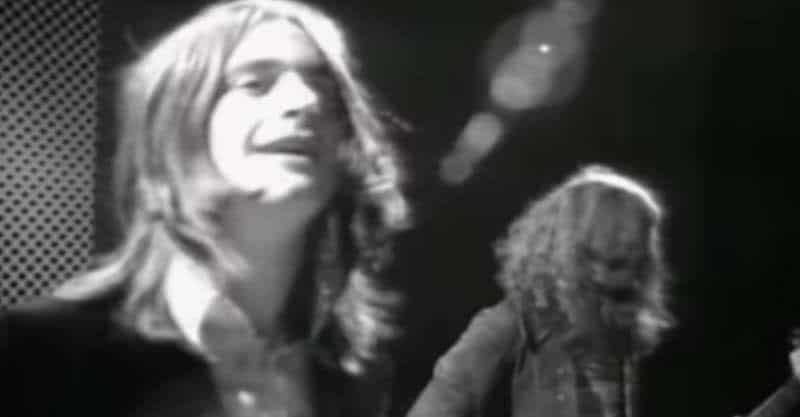
Though this band had a lot going for them as historical figures in heavy metal, they’re best known these days as a vehicle for their frontmen.
Ozzy Osbourne was the defining voice of the 1980s hard-rock scene, but his substance abuse led to his departure just a few years after Black Sabbath’s peak of fame. Ronnie James Dio from Rainbow stepped in as a replacement to critical acclaim.
Guitarist and founding member Tommy Iommi has stayed with the band throughout its five decades. His musical influence has helped shape the subgenre and inspired many metal acts that followed Black Sabbath.
Van Halen
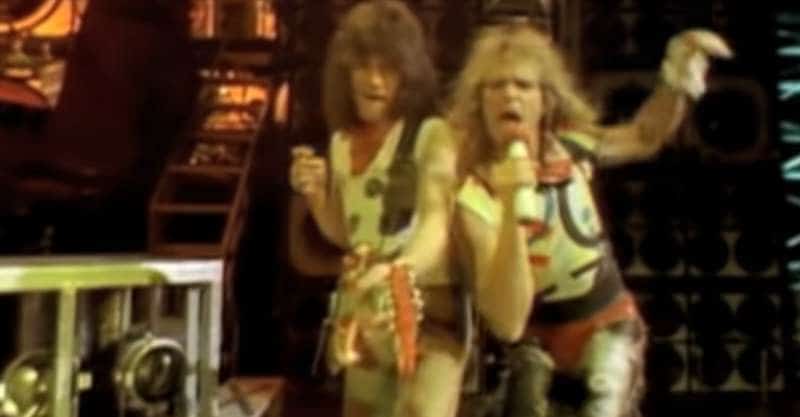
The relentless energy of David Lee Roth and then Sammy Hagar were the catalysts for Van Halen’s fame. However, the eponymous member, Eddie, and later his son Wolfgang are truly the mainstays of this 80s group, with their virtuoso chops that defined guitar-playing history.
Known less as an edgy metal group and more for their accessible party vibe, Van Halen successfully toed the line between a subversive rock act and Top 40 listening material. Hits such as “Jump,” “Hot For Teacher,” and “Panama” took hold of the airwaves in this decade.
Judas Priest
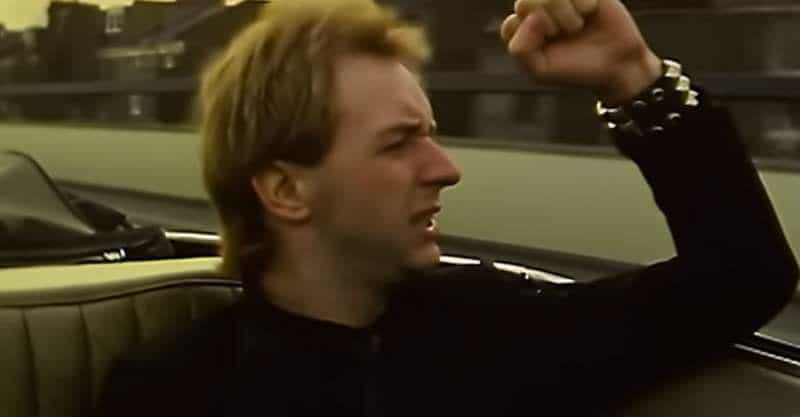
Harder than some of their contemporaries who flirted with pop-rock, Judas Priest nonetheless somehow kept one foot in the glam-metal genre with their onstage image. The band was active throughout the 1970s but didn’t reach commercial success until their album British Steel in 1980. Judas Priest pioneered the sound of heavy metal guitars combined with operatic vocals.
In 2001, Hollywood released a movie starring Mark Wahlberg called Rockstar, which was loosely based on the story of Judas Priest’s lead singer rising to the role of frontman.
Megadeth
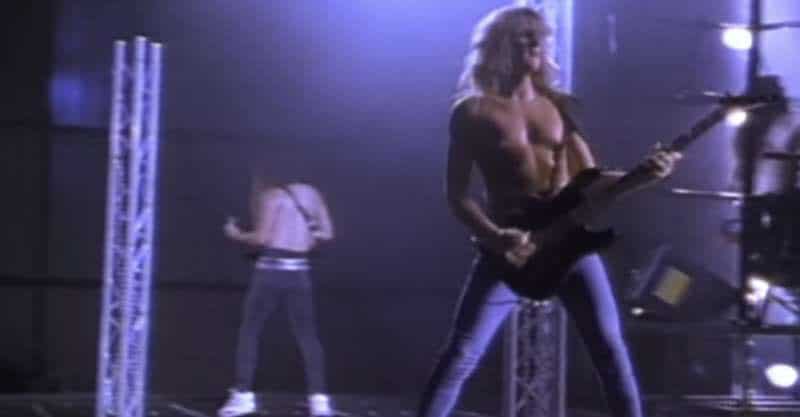
One of the “Big Four” of 80s thrash metal, Megadeth dominated the subgenre with their signature high-speed drums and growling guitar riffs. The band formed in 1983 when founding member Dave Mustaine was fired from Metallica.
Megadeth still tours today, though the personnel has changed numerous times over the band’s 39 years of performing. They came to prominence with hits like “Peace Sells” and “Holy Wars… The Punishment Due,” which cemented their reputation as an enormous influence in metal.
Poison
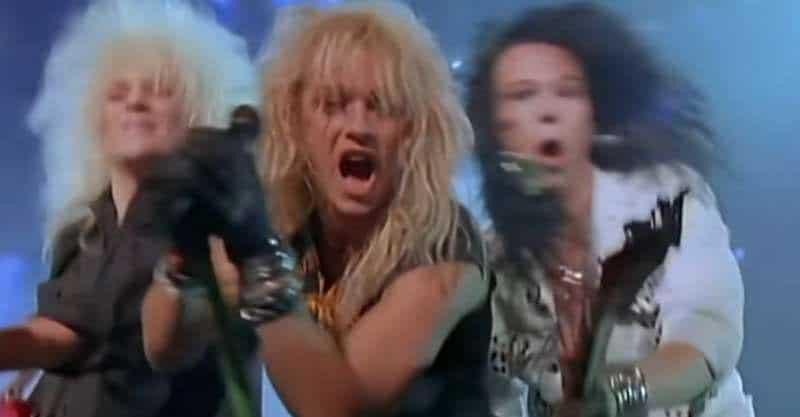
The infusion of 1970s glam metal is apparent in the sound and live-show appeal of Poison. Big hair and flamboyant costuming take center stage with this act, a band who unapologetically embraced the aesthetic of glam without compromising their heavy-metal sound. In 2012, VH1 ranked Poison as first place in their list of “Top 5 Hair Bands of the 1980s.”
Mötley Crüe
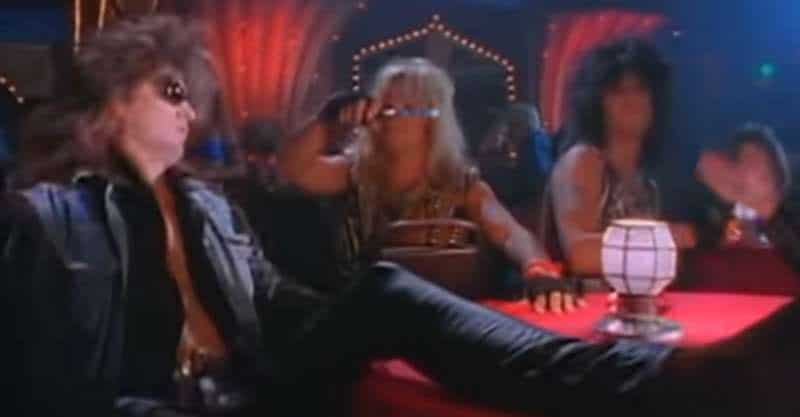
Another metal group that embraced the glam persona was Mötley Crüe. With songs celebrating women, partying, and the pursuit of pleasure, they brought hedonism to the forefront with their devil-may-care lyrics and arena shows.
Drummer Tommy Lee and bassist Nikki Sixx both enjoyed respectable solo careers in entertainment beyond their involvement in the band, including top-selling book authorship and reality show appearances.
Queensrÿche
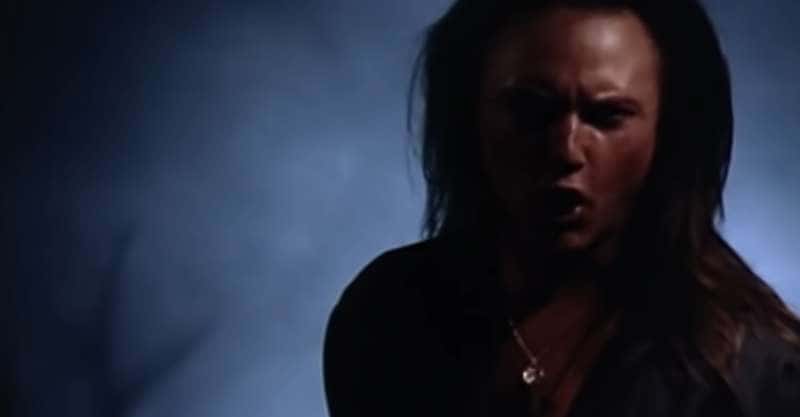
Heavy metal giants Queensrÿche formed early in the 1980s and continue to tour to this day. The personnel lineup has changed a few times, spurring a legal debate that ruled that both bands could continue to use the same name. Eventually, the secondary split-off group changed its title to Operation: Mindcrime.
The original group has garnered several Grammy nominations, as well as significant cred in the progressive-metal genre over their time active in the industry.
Pantera

Putting out a harder sound than the mainstream metal acts of the 80s, Pantera is a key player in both the thrash metal and groove metal scenes.
The name synonymous with the group is Dimebag Darrell, a founding member, and guitarist who was tragically shot and killed onstage during a concert in 2004. Only two of the original members remain, but they announced plans to renew a tour of Pantera’s famous hits in 2023.
Dokken
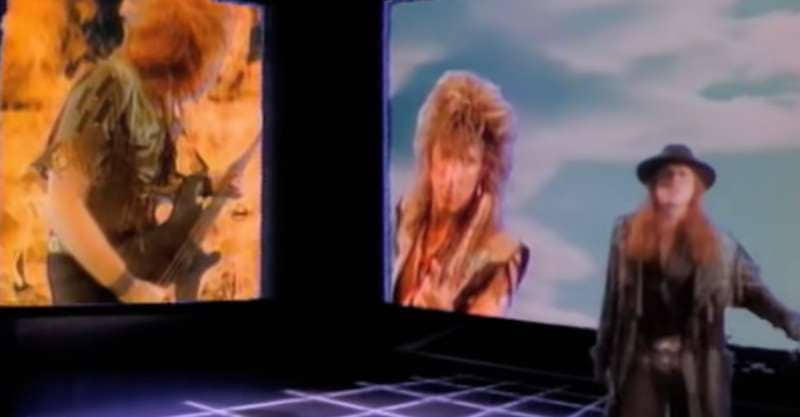
Dokken is another band who straddles the subgenres of both heavy metal and glam rock. They’ve woven their way into popular culture with guest musical appearances, video game and movie compositions, and tribute albums for other metal acts.
In 1989, Dokken garnered the first nomination for the new category of Best Metal Performance for their live album Beast From the East. As of 2022, the only remaining original member is vocalist Don Dokken.
Deep Purple
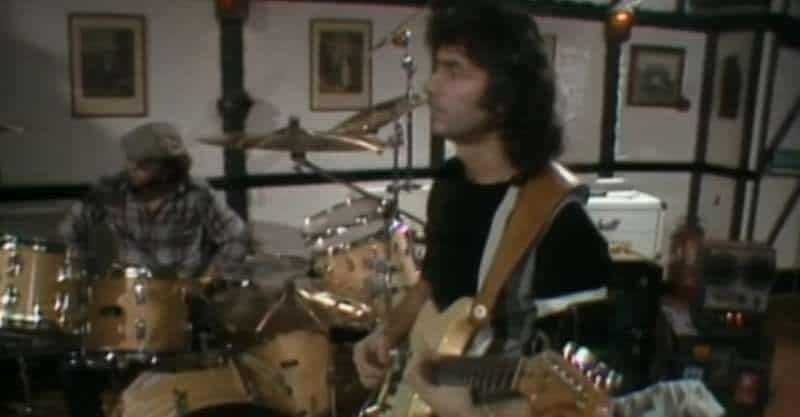
Though they earned a rightful place in the metal canon, Deep Purple rooted themselves in psychedelic and progressive rock. Each member is a highly-respected virtuoso of their instrument, and together built an enduring legacy of musical experimentation that influenced many other bands of the 80s and 90s.
In 1972, Deep Purple played a concert at the Rainbow Theatre in London that made the Guinness Book of World Records for “The Globe’s Loudest Band” due to their decibel levels.
Slayer
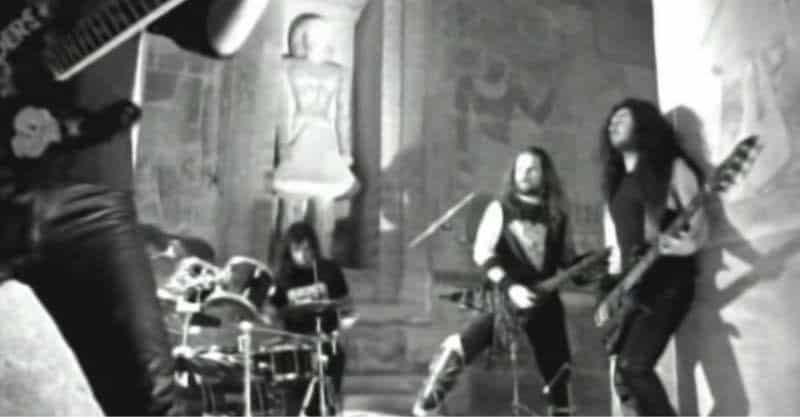
Slayer is the first band on our list that earned a reputation as a truly subversive band due to its objectionable themes.
The lyrics of Slayer’s music cover topics such as genocide, organized crime, serial killers, war, and the occult. As a result, they have encountered lawsuits and widespread criticism from conservative groups in the nearly forty years they were active. Slayer disbanded in 2019 after a brief farewell tour featuring their biggest hits.
Motörhead
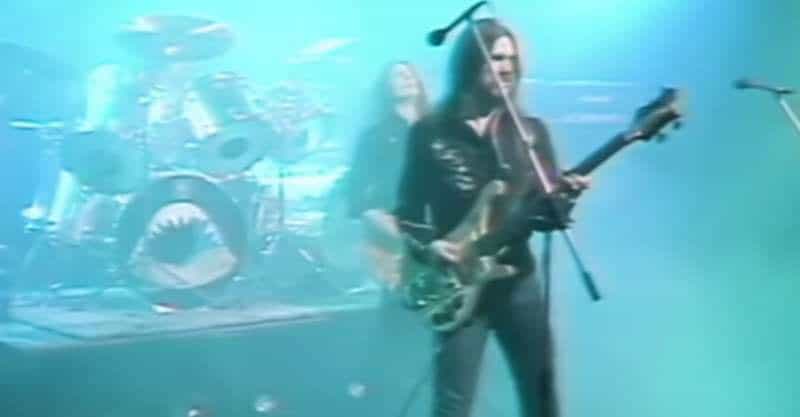
Motörhead began as the opening act for Blue Oyster Cult in 1975. By the 80s, they were fully entrenched in the metal scene and went on to influence countless other heavy rock acts during and after their time performing. They also adopted the trendy punctuation choice of including umlauts in their official band name (similar to Mötley Crüe and Queensrÿche).
With well-known singles like “Ace of Spades” and “Built For Speed,” the group reigned supreme over their most active decade due to their high-octane aesthetic, always going for bigger, louder, and more shocking. By the end of the 2010s, all three founding members had passed away.
https://www.youtube.com/watch?v=3mbvWn1EY6g
Dio
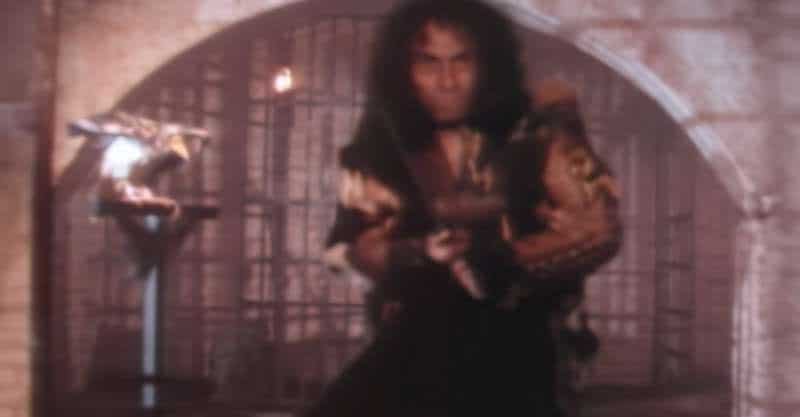
Vocalist and frontman Ronnie James Dio began his career as the frontman of Black Sabbath. In 1982, he left with guitarist Vinny Appice, and the two started their own band, using Dio’s name as it was already well-known in the rock industry.
Their signature tune, “Holy Diver,” used medieval themes of war and conflict, and their demonic mascot, Murray, appeared on several of the band’s album covers over the years.
Quiet Riot
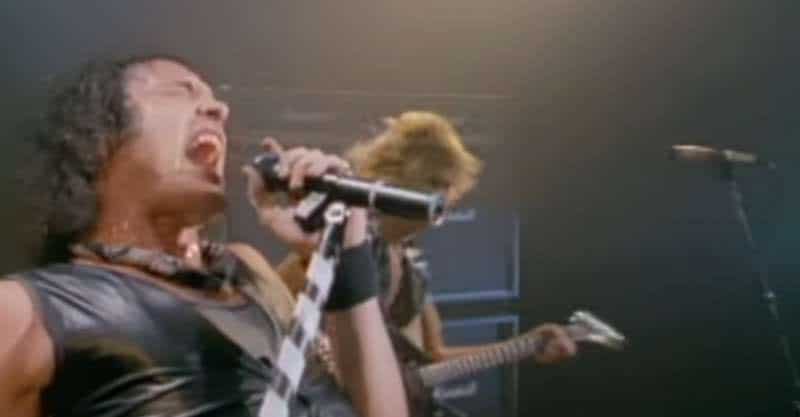
Quiet Riot was another 80s band that combined the hard elements of metal with the aesthetic of glam. “Cum On Feel the Noize” was one of the defining party tunes of the decade, spurring numerous other copycat acts in the late 80s.
Guitarist Randy Rhoades is widely considered one of the best guitarists of all time and enjoyed a career in conjunction with Black Sabbath as well as Quiet Riot. Despite several personnel changes since their founding members of 1973, Quiet Riot continues to tour, with shows for 2022 and 2023 in the works.
Stryper
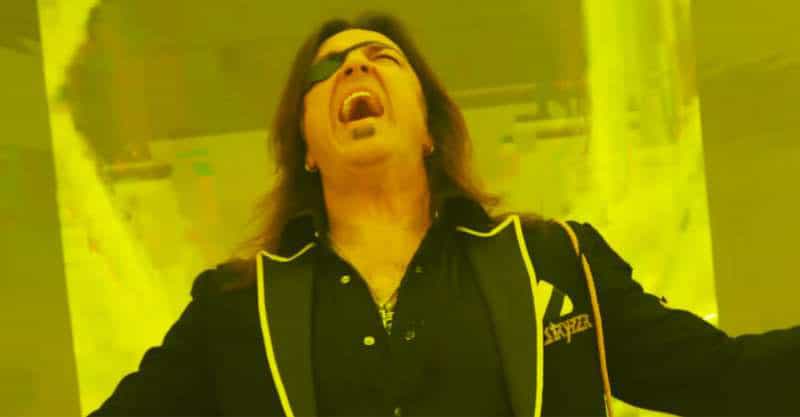
The Christian crossover market is one that mainstream metal doesn’t always fit into, but Stryper had a respectable career in both. With themes of religion, interpersonal relations, and the afterlife, some of their songs referenced the Bible.
Their album To Hell With the Devil made Billboard status and became their biggest commercial success. Stryper were active until 1993 but regrouped for a reunion tour in 2003 and have been on and off in the scene ever since.
Anthrax
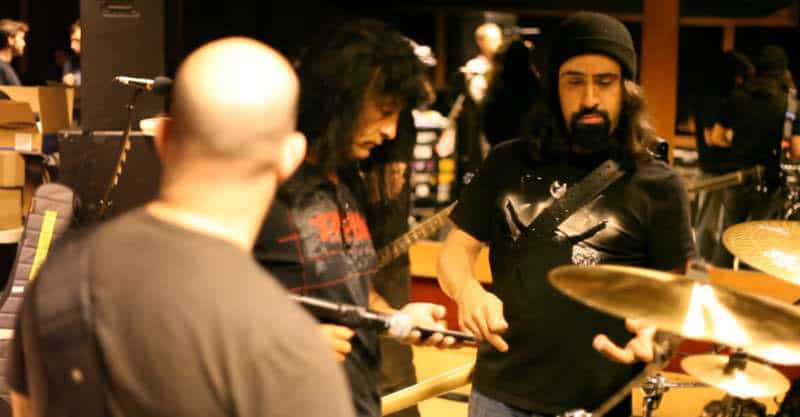
Like Slayer, Anthrax built a career performing on the verge of what was deemed “acceptable.” Giving nods to deviance and other dark lyrics, their edgy music reflected this aesthetic with no hint of the glam flamboyance of acts like Poison. Anthrax did, however, pull much of their tone from the punk wave of the early 80s.
Their big breakthrough was the 1987 album Among the Living, with hits including “Indians” and “I Am the Law.”
Twisted Sister
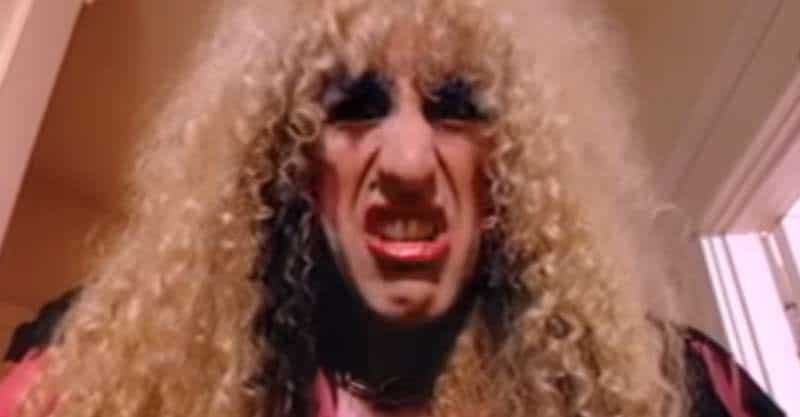
Eschewing darkness in favor of humor, Twisted Sister erred on the side of fun. Their glam/hair vibe carried singles like “I Wanna Rock” and “We’re Not Gonna Take It” to the top of the charts, providing a soundtrack for 80s parties all over the U.S.
Their music videos portrayed rebellion in a tongue-in-cheek way, and much of their music had catchy melodies, unlike some of their thrash metal contemporaries.
Ratt
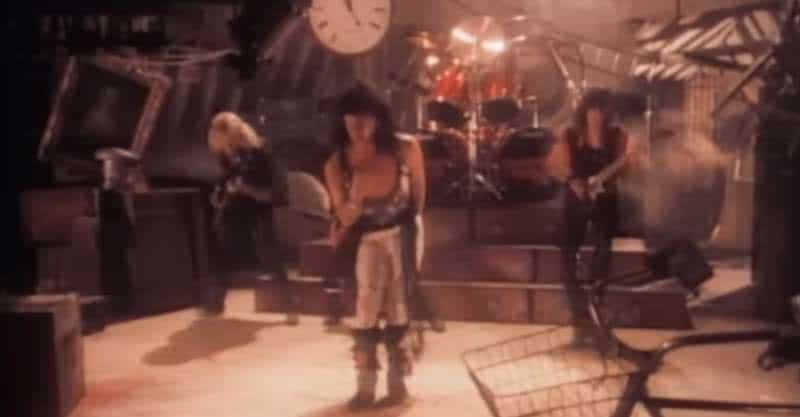
Ratt combined the best elements of hair metal, glam rock, and punk to form one of the cornerstone metal bands of the decade. Nearly all of their big hits, such as “Round and Round,” “Wanted Man,” “You’re In Love,” and “Lay It Down,” charted on Billboard, giving them significant airplay value in spite of their metal sound.
Their final studio album was Infestation in 2010, after which the band has been on extended hiatus.
https://www.youtube.com/watch?v=0u8teXR8VE4
Whitesnake
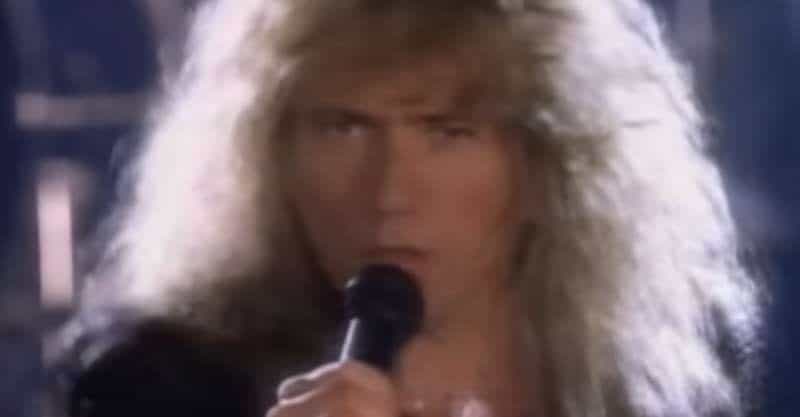
Singer David Coverdale left Deep Purple in 1978, and Whitesnake was originally the backing band to support his career. However, they found success as a larger entity throughout the 80s and early 90s and became one of the mainstays of the era’s heavy metal.
Though their beginnings were rooted in blues rock, Whitesnake evolved into a harder rock style, eventually incorporating themes of love and sexuality that were more romantic than other metal acts. Furthermore, singable melodies and mid-tempo beats made their music commercially friendly.
Celtic Frost
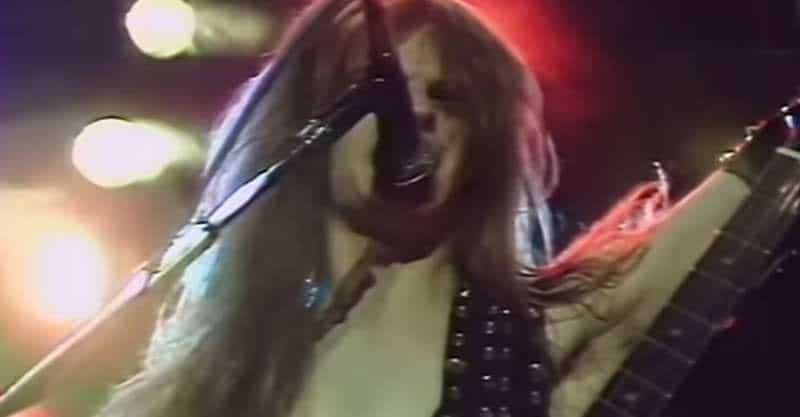
Though they weren’t one of the best-known names of the 1980s, Celtic Frost deserves a place on this list for their unapologetic embracing of the metal sound. They developed a unique place in the genre with avant-garde music, drawing frequent comparisons to progressive rock with their usage of complex rhythms, time signatures, and harmonizations.
While most metal bands formed in England or on the west or east coasts of the U.S., Celtic Frost originated in Sweden. They were heavy contributors to the extreme metal and experimental metal scenes.
Thin Lizzy
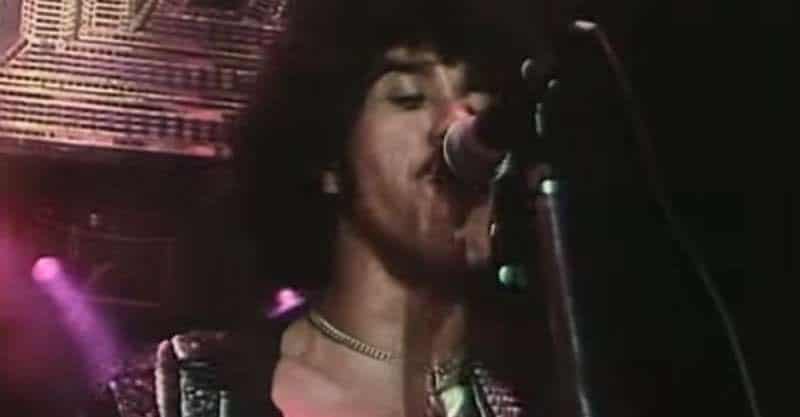
Another non-American or English band, Thin Lizzy, debuted in 1969 in Ireland. They often worked traditional Irish music, such as “Whiskey in a Jar,” into their heavy rock tunes. Thin Lizzy also drew influences from blues, psychedelic rock, and even soul music. The band’s various iterations of members cropped up for new songwriting and tours every few years but eventually parted for good in 2019.
Manowar
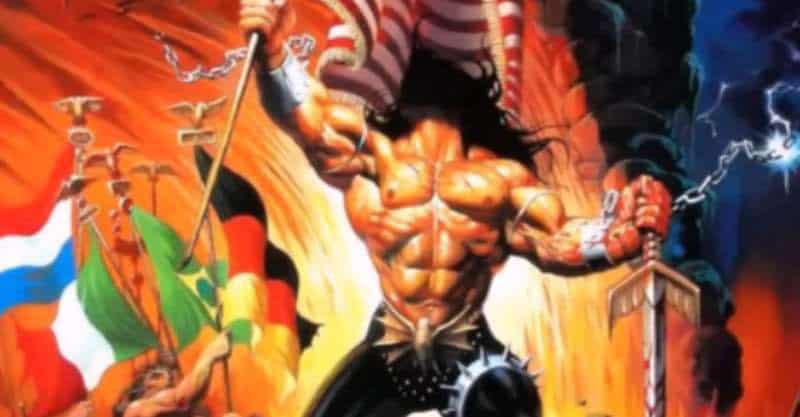
In 2008, Manowar earned a place in the Guinness Book of World Records for “Longest Heavy Metal Concert” after playing for five hours and one minute straight in Bulgaria. The group’s reputation is one of the emphatic rhythms, symphonic instrumentation, and dark lyricism, usually covering themes of mythology, sorcery, and fantasy. They maintain a cult following in lieu of ever breaking into the mainstream.
Top Metal Bands Of The 80s, Final Thoughts
A large portion of the 1980s metal output was not commercially viable due to its length, decibel level, and/or objectionable lyrics. However, it certainly garnered an audience among subversive communities and hard-rock fans. Drawing influences from various other genres, heavy metal was surprisingly diverse from its beginnings in the late 1970s to the end of the 80s.
Regardless of its fringe status, the best metal bands continue to stun fans with their creativity and appeal. Their legacy can be heard today in many contemporary rock tunes, and the energy persists in live shows around the globe. If you liked this guide, check out our guide on 80s rock bands.